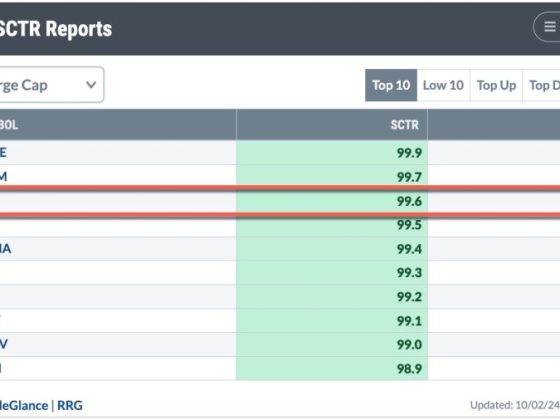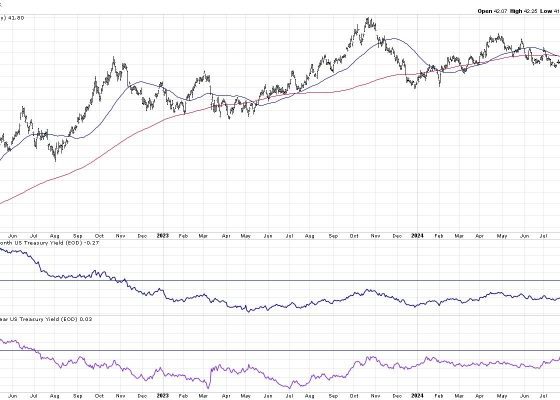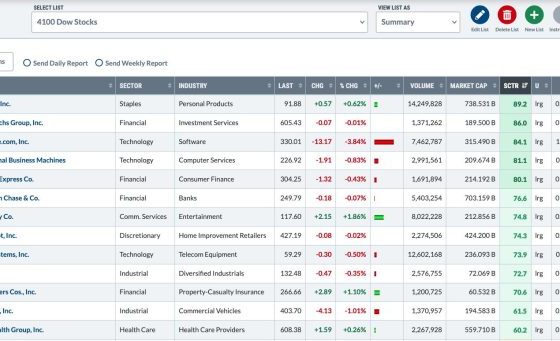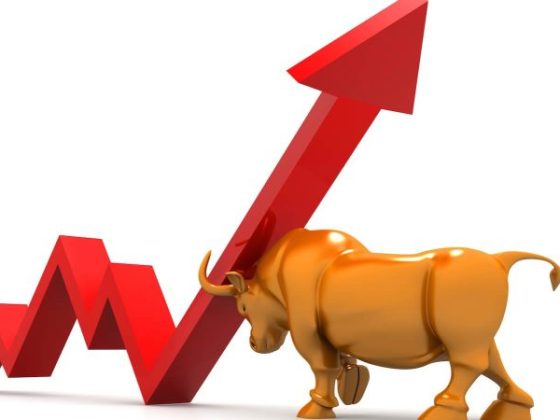Goldman Sachs, the global investment banking behemoth, recently made a startling projection for the price of gold. The investment bank forecasts a surge in its value to $2,900 per ounce in the coming years. This prediction has drawn sharp attention from investors around the world, sparking discussions about the implications and strategies surrounding this precious metal.
The forecast is based on Goldman Sachs’ global economic view. They expect the real interest rates to remain lower for longer due to the unprecedented loose monetary policy stance by central banks around the globe. The central banks are seeking to inject liquidity into the economy to curb the economic slowdown caused by the COVID-19 pandemic. Further, the escalating tension between the US and China, along with uncertainties regarding the upcoming US elections, are contributing to the record levels of uncertainty.
These factors provide an environment conducive to the success of safe-haven assets like gold. In times of economic uncertainty, investors have historically flocked to gold as it is viewed as a store of value and a hedge against inflation.
Goldman Sachs’ prediction implies a remarkable 70%+ increase from its current levels. This suggests an incredibly bullish view on gold, a recurrence of a trend not seen since the financial crisis of 2008. During that time, investors flocked to gold as an insurance policy against financial meltdown.
So, how should investors approach this forecast? Here are several perspectives to consider.
First, this forecast suggests that any holdings in gold, whether physical, ETFs, or stocks of gold mining companies, could significantly appreciate. This could provide a robust buffer against any downturn in the stock market or broader economy.
Second, the sizable rally expected in gold could also offer an ideal diversifying effect in a multi-asset portfolio. Having an asset that can potentially appreciate amidst an environment of increased uncertainty can protect the portfolio returns from extreme market volatility.
Third, those not already invested in gold might want to consider it as a component of their portfolio. Even for those who do not traditionally hold gold, this forecast by Goldman Sachs suggests the potential for excellent returns over the next few years.
Fourth, while investing, it’s also essential to remember not to go overboard. High returns always come with high risks. A prudent investor should carefully consider their risk tolerance, investment horizon, and other portfolios before committing a significant capital outlay to gold.
The surge in gold prices presents both opportunities and challenges for investors. It reaffirms gold’s status as a safe-haven asset, especially in uncertain times like these. While there are many positives to consider, investors should also approach this golden opportunity with caution.
Investors keen on taking advantage of Goldman Sach’s forecast must also acknowledge the uncertainties involved. As the saying goes, Never put all your eggs in one basket. Gold is not a guaranteed ticket to riches but rather a tool that investors can leverage to preserve and grow their wealth.
In summary, Goldman Sachs’ projection of a surge in the price of gold to $2,900 is a significant development for investors. While it represents an opportunity to make substantial returns, it also underscores the essential principles of smart investing: diversification, appropriate risk management, and a long-term perspective. In the midst of unprecedented events shaping today’s financial climate, these guiding principles are more significant than ever.











